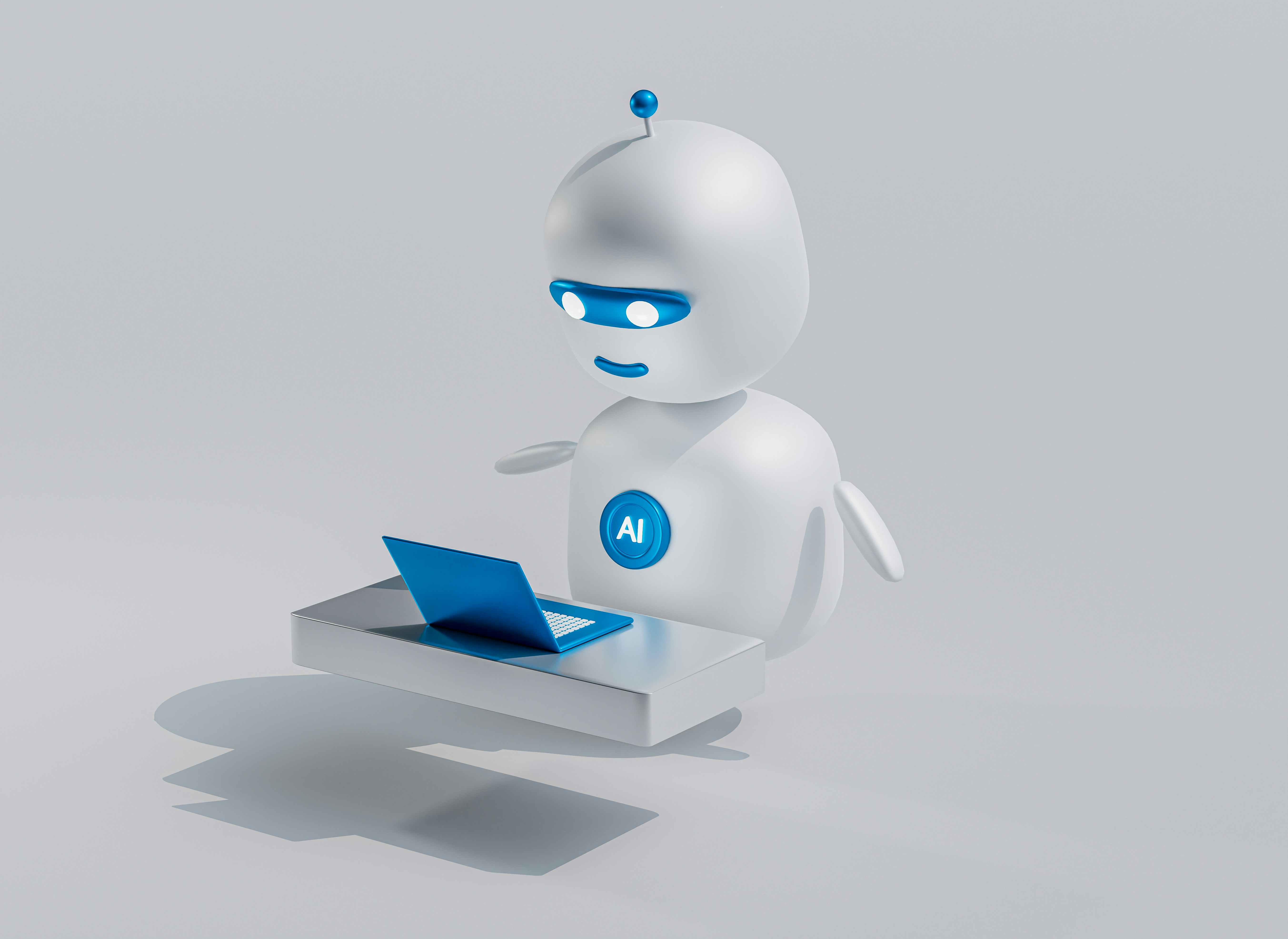
🔍 Understanding Repetitive Jobs
Repetitive jobs are defined by tasks that require minimal variation, often involving the same set of actions performed consistently. These roles are common across multiple industries where speed, accuracy, and efficiency are essential.
Common examples include:
Data Entry: Inputting large amounts of information into systems with little decision-making required.
Assembly Line Work: Performing routine tasks in manufacturing, such as packaging or component assembly.
Customer Service Roles: Answering standard queries or managing basic support requests through predefined responses.
While these jobs have historically provided steady employment opportunities, they often lead to monotony and limited career growth. However, as automation and artificial intelligence (AI) become more advanced, such roles are at high risk of being replaced by machines or software that can perform these tasks faster and with fewer errors.
Historically, technological shifts — like the industrial revolution and the rise of automated machinery — have disrupted similar job sectors. In 2026, we are entering a new wave of transformation driven by AI automation, which will redefine the structure of the global workforce.
💡 SEO Keywords: AI replacing jobs 2026, automation and repetitive work, jobs lost to AI, repetitive task automation, impact of AI on workforce.
⚙️ The Role of AI in the Automation of Jobs
Artificial intelligence is revolutionizing how businesses operate, particularly in tasks that involve repetition and routine. Technologies like machine learning (ML), robotic process automation (RPA), and natural language processing (NLP) are leading the charge in this automation revolution.
🧠 1. Machine Learning in Industrial Operations
Machine learning models are used to identify patterns and optimize performance.
Example: In manufacturing, ML-driven predictive maintenance predicts when machines might fail, reducing downtime and costs.
🤖 2. Robotic Process Automation (RPA) in Offices
RPA systems automate tasks like invoice processing, payroll management, and data entry — activities that once consumed hours of human labor.
This allows employees to shift focus from repetitive work to strategic decision-making.
💬 3. Natural Language Processing (NLP) in Customer Service
AI-powered chatbots and virtual assistants handle thousands of customer inquiries daily, providing instant responses without human intervention.
By 2026, industries like retail and telecom are expected to rely heavily on AI assistants, leading to reduced demand for entry-level customer support roles.
As AI continues to evolve, companies will further integrate automation technologies to boost productivity and minimize operational costs — a trend that will continue to reshape the job market well beyond 2026.
⚙️ SEO Keywords: AI automation examples, robotic process automation jobs, NLP in customer service, machine learning in industry, automation trends 2026.
👩💼 Implications for the Workforce and Future Job Markets
The growing influence of AI has a profound impact on global employment patterns. Job displacement is a significant concern, particularly for workers in sectors reliant on manual or routine labor.
🔸 1. Job Displacement and Inequality
As repetitive tasks become automated, workers with lower education levels may face unemployment risks. Industries like manufacturing, data processing, and customer service will experience the most disruption.
🔸 2. Emergence of New Opportunities
While AI will eliminate some roles, it will also create new jobs in:
AI system maintenance
Data analysis
Human-AI collaboration
AI ethics and governance
These roles will require creative problem-solving, strategic thinking, and emotional intelligence — skills that machines cannot replicate.
🔸 3. The Importance of Reskilling
Governments, businesses, and educational institutions must prioritize upskilling programs. Courses on digital literacy, data science, AI fundamentals, and critical thinking will help workers adapt and remain employable.
🔸 4. Shifting Education Models
To prepare future generations, AI awareness and coding should become part of school curricula. Students must understand how automation works to thrive in the future job market.
💡 SEO Keywords: future of jobs 2026, AI job displacement, reskilling for AI future, education and AI, impact of automation on workforce.
🚀 Preparing for an AI-Driven Future
Adapting to an AI-powered economy requires both individuals and organizations to proactively prepare for transformation.
🏢 For Organizations
Invest in AI-based training programs to upskill employees.
Integrate AI tools into business operations responsibly.
Develop ethical frameworks for human–machine collaboration.
🎓 For Individuals
Pursue AI certifications and online courses to remain competitive.
Engage in lifelong learning through platforms like Coursera, Udemy, and edX.
Network with AI professionals and stay updated on evolving technologies.
🌐 For Educational Institutions
Update curricula to include data analytics, AI applications, and digital transformation topics.
Partner with companies to offer hands-on AI training and internships.
The most successful professionals in 2026 will be those who can combine human creativity with AI-driven tools, positioning themselves in roles that require critical thinking and emotional intelligence rather than repetitive execution.
💡 SEO Keywords: preparing for AI jobs, future skills 2026, AI-driven workforce, digital transformation learning, AI and education.
🌟 Conclusion: The New Era of Work in 2026
The rise of AI is transforming the global workforce faster than ever before. By 2026, many repetitive and rule-based jobs will be fully automated, while new AI-assisted roles will emerge that demand advanced human skills.
Rather than resisting automation, professionals must embrace change by reskilling and adapting to the technologies that define the future of work.
Those who stay ahead — through AI certifications, continuous learning, and innovation — will thrive in the new digital economy.

